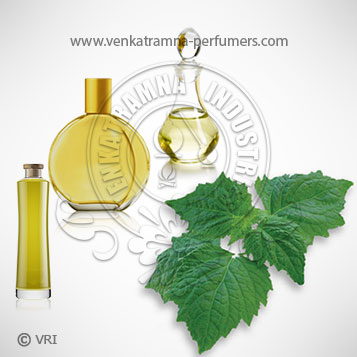
| Botanical Name | Origanum compactum |
| Common Name | Oregano |
| Country of Origin | India |
| Solubility | Soluble in water |
| Specific Gravity | 0.9380 |
| Optical Rotation | 0.4160 degrees |
| Refrective Index | 1.509 @ 20C |
| PlantPart | Herb |
| Bland With | Oregano essential oil blends well with lavender (All), rosemary,, bergamot, chamomile (All), cypress (All), cedarwood,, tea tree and eucalyptus. |
| CAS No | 84012-24-8 |
| Flash Point | 75 °C |
| Extraction Method | Steam Distilled |
Oregano is a member of the the mint family. Its name is from the Greek word oreganos, which loosely translated means "joy of the mountains. Oregano essential oil is produced from the oregano plant through the process of steam distillation.
The word "oregano" is actually derived from the Greek phrase, "joy of the mountains". Just married couples were crowned with wreaths of it and it was also put on graves to give peace to departed spirits. In China, it has long been used to treat fever, diarrhea, and vomiting.
Color : Yellowish or greenish & sweet odour,
Aroma : Spicy, camphor-like aroma.
Oregano essential oil contains the following components:carvacrol (share 40–70%)gamma-terpinene (8–10%)p-cymene (5–10%)alpha-pinenemyrcenethymolflavonoidscaffeic acid derivatives
Used commonly in medicines for wounds, headaches, and venomous bites and even hemlock poisoning. Oregano oil has powerful anti-microbial properties which are used to assist in the prevention of infections and to treat skin fungi such as athlete's foot. It has also been used to eliminate lice infestations and intestinal worms.